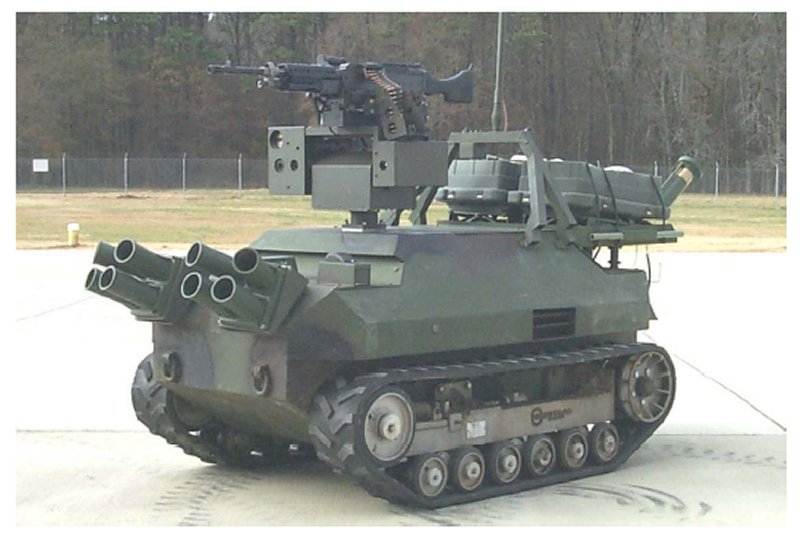agentperry
New Member
- Joined
- Oct 24, 2010
- Messages
- 3,022
- Likes
- 690
when probability of loss of life is greater than 50% with the degree of sensitivity less than .75, bots are thrown in the fieldit is just extension of humans.
when probability of loss of life is greater than 50% with the degree of sensitivity less than .75, bots are thrown in the fieldit is just extension of humans.
when probability of loss of life is greater than 50% with the degree of sensitivity less than .75, bots are thrown in the field
Fire support operations..nothing can match human capability and flexibility and not to mention on the spot use of BRAIN.
fire SUPPORTFire support operations..





I just pray that let them get manned tech first in correct time frame before indulging in something this serious and ambitious.
No Idea about it..@Kunal,
Correct me if I am wrong, but don't we have a specific division in government agencies that deals with development of unmanned defense platforms?
Terrorists fighting the army in insurgency-hit areas will soon have to face a new combatant that they cannot kill. The Research and Development Establishment (R&DE), Dighi, is developing a weaponised version of the 'bomb hunter' Daksh robot specifically for fighting militants alongside soldiers.

The R&DE is one of the several laboratories of the Defence Research Development Organization (DRDO),.country's premier weapons maker. The Remotely Operated Vehicle (ROV) Daksh was originally developed for handling bombs like Improvised Explosive Devices (IEDs) and officially inducted into the army in December last year.Fighting machine: The Gun Mounted Robot version of the Daksh with
the light machine gun and and the grenade launcher barrels at the
DRDO's robotics testing facility in Dighi. Pic/Krunal Gosavi
Christened Gun Mounted Robot (GMR), it will have a 7.62 mm light machine gun with 'belt-fed ammunition' and a 30 mm grenade launcher. The GMR will not only pack lethal firepower but will also have night vision and thermal imaging equipment.
Dr. Alok Mukherjee, who heads the Robotics Development Center of R&DE, said that the robot could replace soldiers in sensitive locations in insurgency-hit areas thereby minimising human losses. "The original platform, which carried the Daksh was too slow for a weaponised version. So we designed a much faster and silent electrical engine that is four times powerful than the original. The batteries will also be replaced with newly developed ones which can last longer along with the range which will be increased to 1km from 0.5 km," Mukherjee said.
He, however, refused to divulge technical and performance details of the engine citing security reasons. 2 varieties of tyres GMR will also have two types of tyres, one for urban environment and the other will be pneumatic tyres for crosscountry terrains. However, the notable feature is not the weapons but the Target Tracking System where the guns can move in direction of a moving target after 'locking on' with the camera. "We are trying to enhance the accuracy of the TTS and fine-tuning the integration with the camera so that it cannot miss fast moving targets," he said.
R&DE has already completed the prototype version and it will be another 2 years until the final product is ready after a series of tests and alterations. "We are open to selling the robot to paramilitary and other state police forces," he said.









| Thread starter | Similar threads | Forum | Replies | Date |
|---|---|---|---|---|
|
|
Indian UGCV & UGV | Indian Army | 179 | |
|
|
Passenger cars deliveries from China to Russia rise to $4.6 bln in January-June | Europe and Russia | 0 | |
|
|
Skycraper and Highrises in India | Economy & Infrastructure | 1038 | |
|
|
Behind the rise of brits in BHARATVARSH | Knowledge Repository | 18 |
